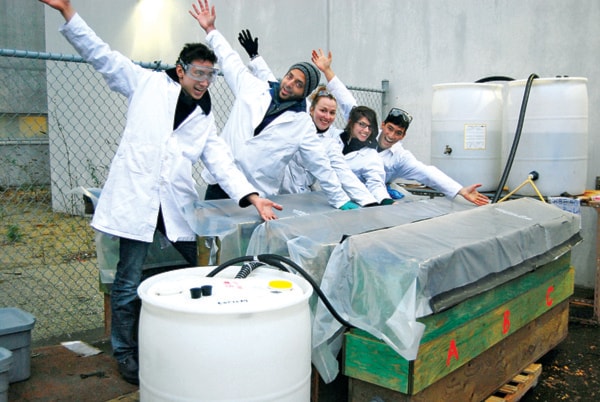The idea of Earth Day was conceived in 1969 and the first official Earth day was in 1970.
“A major activity on Earth Day is planting trees," says Paul Horgen of Project Watershed, yet at the first Earth Day in 1970, our student association planted a plastic tree to symbolize the lack of government policies to protect the environment.
Forty-two Earth Days have been celebrated and many symbolic real trees have been planted.
“Trees are on the front lines of our changing climate. And when the oldest trees in the world suddenly start dying, it’s time to pay attention," reports J. Robins in a N.Y. Times article on April 11.
Using the energy of the sun, trees remove the greenhouse gas carbon dioxide from the atmosphere, which mitigates our warming globe.
A question facing residents of communities like the Comox Valley is how we can offset our dependence on fossil fuels, which dump CO2 into our air.
This can be done through Living Carbon, the long-term storage of carbon in the tissues of trees and plants in forests. Blue Carbon is a form of Living Carbon that occurs in estuarine environments
Project Watersheds Blue Carbon Pilot Project provides a way to remove CO2 from our environment by restoring our estuary.
“Those of us that live in coastal communities can really contribute to greenhouse gas removal from the atmosphere by replanting lost eelgrass and salt marsh communities that were damage by dredging and developmental pressures during the industrial years on our estuary,” says Horgen. “These restorations of 'Blue Forests' remove carbon, more effectively than trees and also provide habitat for fish and other estuarine organisms.”
— Project Watershed Society
